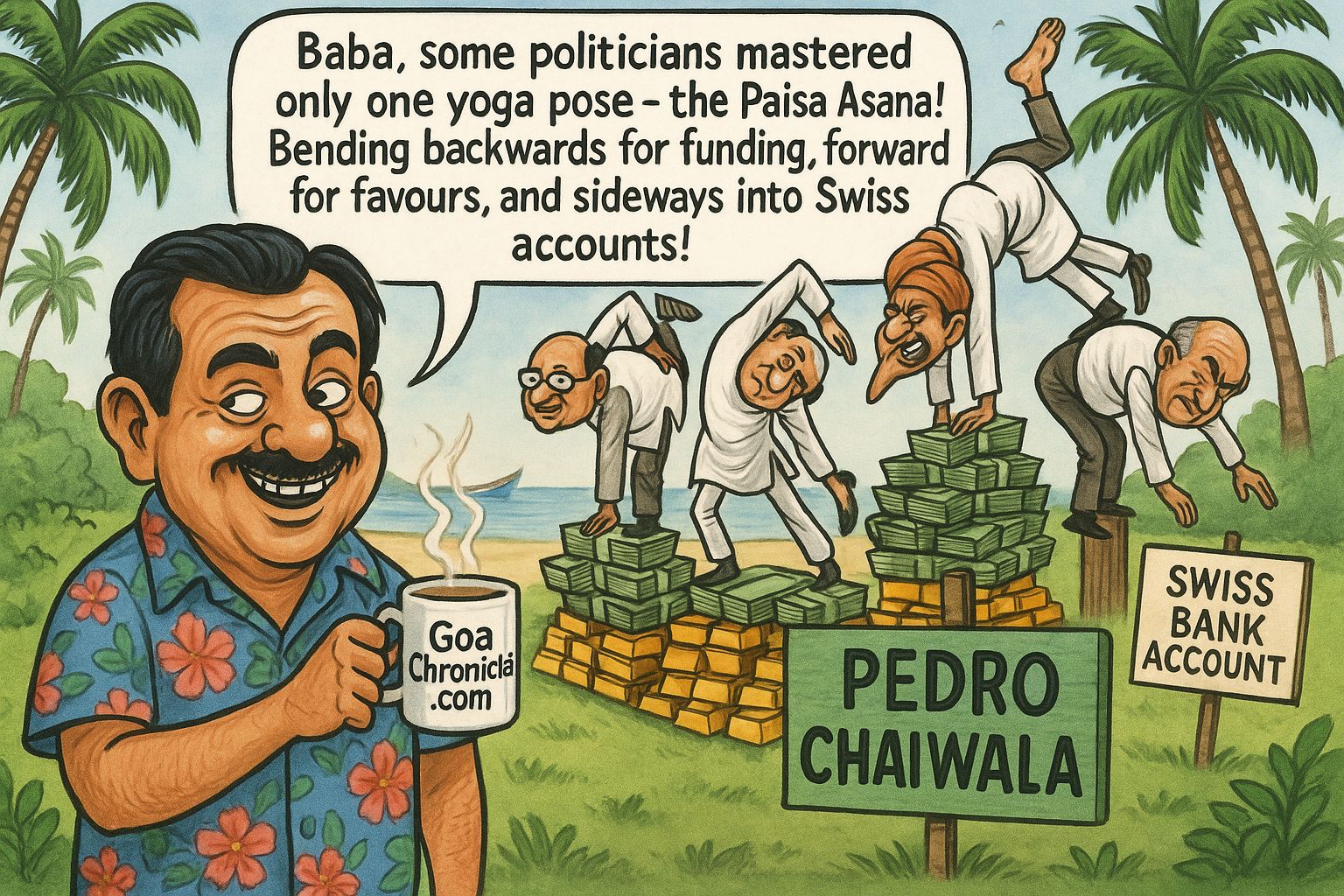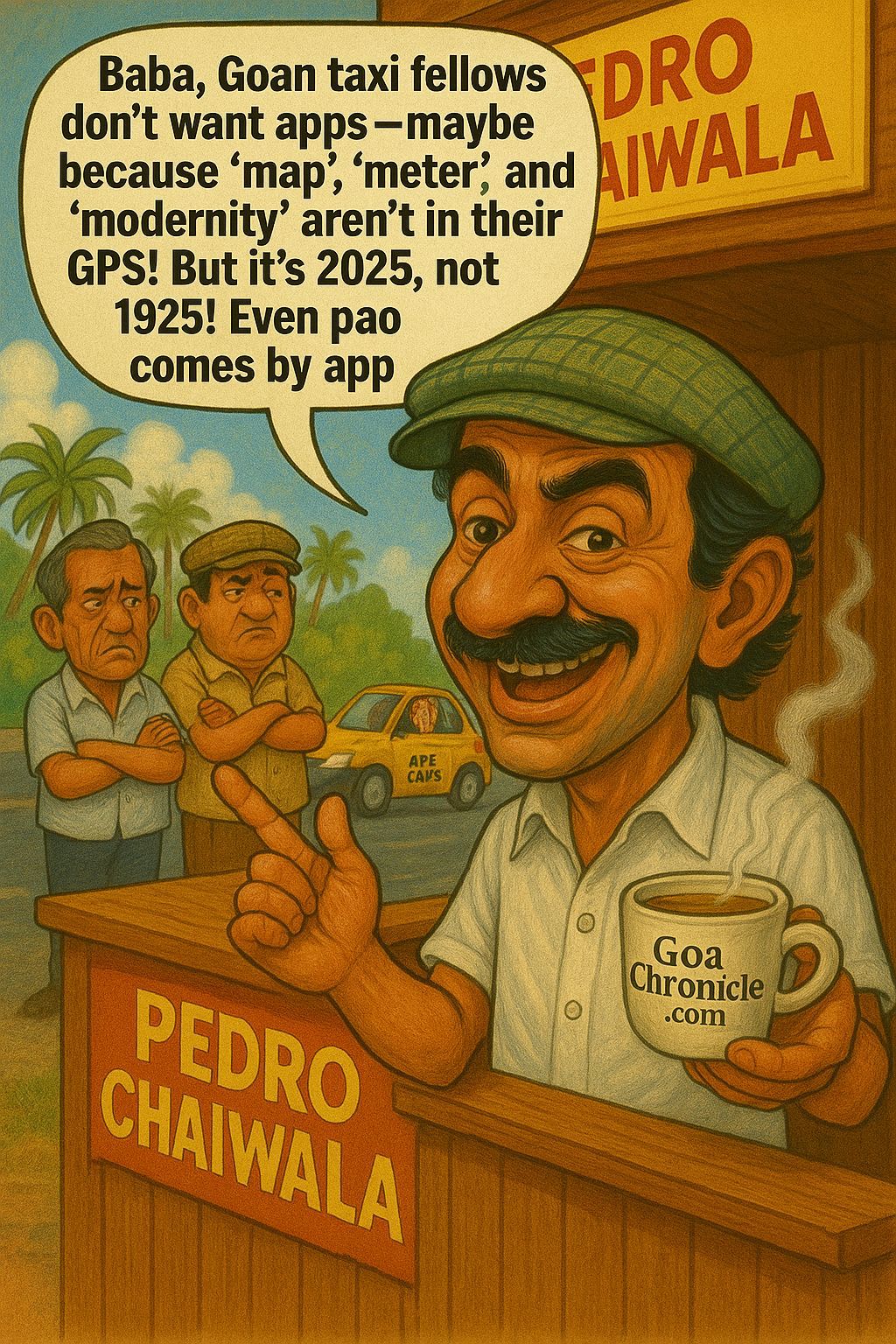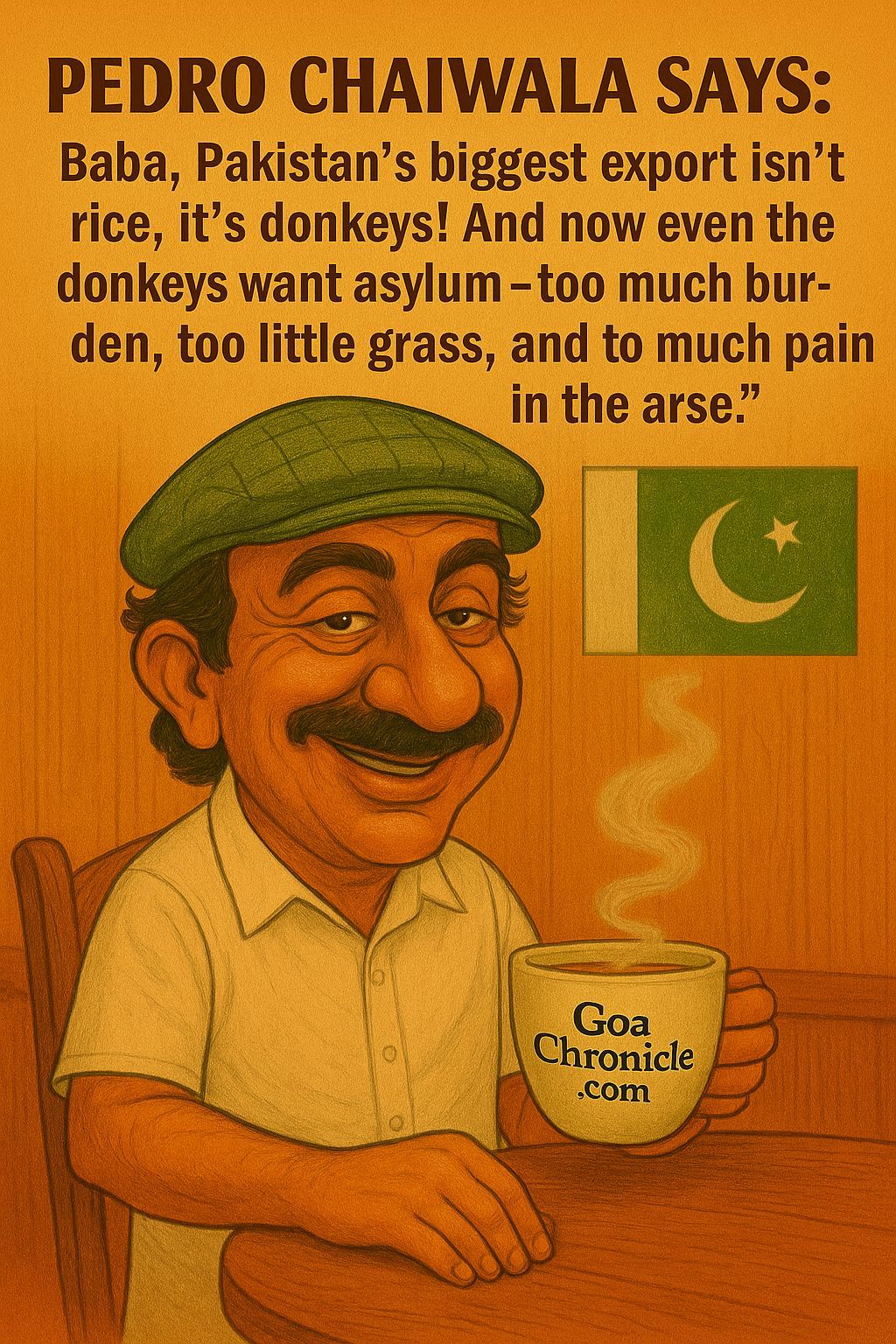U.S. President Donald J. Trump recently declared on Truth Social that America has “lost India and Russia to deepest, darkest China.” His statement, accompanied by a photo of Prime Minister Narendra Modi walking alongside President Vladimir Putin and President Xi Jinping, reflects more of Washington’s anxieties than India’s realities. With due respect to President Trump, this interpretation is both misleading and reductive. India has not been “lost” to anyone. India is not a pawn to be claimed by Washington, Moscow, or Beijing. India is a civilizational power that chooses its own destiny, guided not by American fears but by Indian interests.
President Trump’s remarks assume that India is slipping away from the U.S. sphere of influence into China’s orbit. This is a fundamental misreading of India’s global strategy. India, under Prime Minister Narendra Modi, has been one of the strongest and most consistent counterbalances to Chinese expansionism.
It was India that stood up to Chinese aggression in Galwan Valley in 2020, resulting in the first casualties along the Line of Actual Control (LAC) in over four decades. It is India that continues to ban hundreds of Chinese apps, restricts Chinese investments in critical sectors, and builds strategic partnerships that directly dilute Beijing’s influence.
At the same time, India works with the U.S. in the Indo-Pacific Quad alongside Japan and Australia, strengthening naval security to ensure a free and open Indo-Pacific. These are not the actions of a nation drifting into China’s embrace—they are the actions of a sovereign state defending its own space in Asia.
The image of Modi with Putin and Xi is symbolic but not definitive. India’s participation in BRICS and the Shanghai Cooperation Organisation (SCO) is about engaging on multilateral platforms, not endorsing authoritarian blocs. India’s seat at those tables ensures that New Delhi is not excluded from discussions that shape Asia’s future.
To mistake diplomacy for dependency is a grave error. India engages with Russia because Moscow remains its primary defense partner—60–70% of Indian military hardware is Russian-made. At the same time, India purchases billions of dollars worth of U.S. defense equipment annually. This is not duplicity—it is smart diversification.
India engages with China because geography and economics demand dialogue, even with rivalry. But dialogue is not surrender. India’s military modernization, fortification of its Himalayan borders, and deepening ties with the U.S. and Europe prove otherwise.
President Trump’s remark echoes an American habit—seeing India in terms of “with us or against us.” This binary view is outdated. India is not Europe under NATO, nor is it East Asia under U.S. military protection. India does not fit into pre-existing alliance structures.
India’s foreign policy has always prized strategic autonomy. During the Cold War, even while leaning on Moscow for defense, India championed the Non-Aligned Movement (NAM). Today, while cooperating with Washington in the Indo-Pacific, India buys Russian oil to safeguard its energy needs. The guiding principle remains the same: India first.
This is why India does not need to be “won” or “lost.” It is not America’s junior partner. It is not Russia’s satellite. It is not China’s vassal. It is India—a nation of 1.4 billion people, a $4 trillion economy, and a civilizational force older than most countries on Earth.
Far from being “lost,” India is broadening its partnerships across continents:
• With the United States, India shares over $191 billion in trade (2022–23), making America its largest trading partner.
• With Russia, India secures discounted oil and defense supplies, critical for stability.
• With Japan, India develops infrastructure corridors and the Mumbai-Ahmedabad high-speed rail project.
• With Europe, India negotiates a comprehensive Free Trade Agreement.
• With the Middle East, India builds new strategic equations through the I2U2 grouping (India, Israel, UAE, USA).
This is not the footprint of a nation chained to Beijing. This is the footprint of a nation rising to play a multipolar role.
If the United States views every photograph of Modi with Xi or Putin as a betrayal, it risks alienating India. India is indispensable to the U.S. Indo-Pacific strategy, which aims to counter China’s dominance. Unlike treaty-bound allies such as Japan or Australia, India brings something unique: civilizational legitimacy, demographic strength, and geostrategic geography.
But respect is the key. India will not accept lectures, nor will it bend to Western anxieties. The path forward for Washington is to nurture trust through economic cooperation, technology sharing, and mutual respect—not through alarmist pronouncements of “losing” India. India will not be bullied.
Under Modi, India has rediscovered its civilizational self-confidence. No longer does India wait for Western validation. It projects its ethos of Vasudhaiva Kutumbakam—the world is one family—through its G20 presidency. It practices vaccine diplomacy, supplying life-saving doses to over 100 countries during the pandemic. It rescues not only Indians but also foreign nationals during global crises, from Sudan to Ukraine.
This is not a nation in anyone’s shadow. It is a nation confident in its own light. And it is precisely this confidence that unnerves Beijing—and confuses Washington. India is not “joining” anyone. India is building its own pole of power in a multipolar world.
President Trump’s statement is not just inaccurate—it is strategically shortsighted. India cannot be “lost” because it does not belong to anyone to begin with. India is not drifting toward China, nor is it abandoning America. India is navigating its own course, rooted in national interest, shaped by pragmatism, and defined by civilizational depth.
For the U.S., the lesson is simple: stop viewing India as a prize to be won or lost. Start engaging it as a partner to be respected. India’s decisions will not always align with Washington’s preferences, but they will always align with India’s priorities. That is the essence of sovereignty.
India belongs to India. It will walk with America when interests align, work with Russia when needs demand, and talk to China when circumstances require. But it will never surrender its independence.
The United States must understand: India is not America’s to lose. It is India’s to define. And define it will—in its own way, on its own terms, with its own destiny.
































